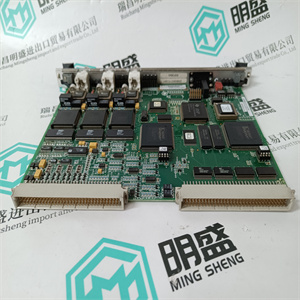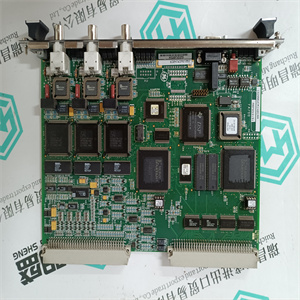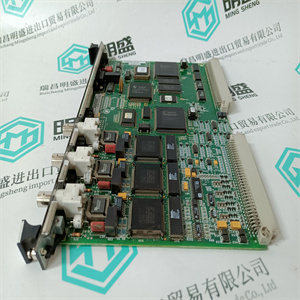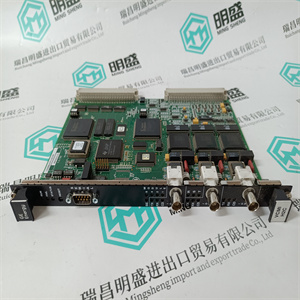产品展示
联系我们
联系人:麦女士
手机:+86 15270269218
电话:
Q Q:3136378118
邮箱:stodcdcs@gmail.com
地址:江西省九江市瑞昌市东益路23号赛湖农商城401号
IS200JPDDG1A
在配有变压器的电厂中,除了分析光伏系统
绝缘或接地,为了防止间接接触,有必要
区分上游和
变压器下游2
。
5.4.1.1变压器负载侧外露导电部分
配备IT系统的工厂
在这种类型的设备中,带电部件与地面绝缘,而外露的导电部件则接地3
(图2)。
+-+-+-
身份证件
负载
Re公司
B
图2 A
2在这种情况下,上游和下游是指电力的方向
由光伏发电厂生产。
3出于安全原因,光伏电站的接地系统与
消费者的一个。
应用于光伏(PV)系统的接地概念可能涉及
外露导电部件(如面板的金属框架)以及
发电系统(光伏系统的带电部件,如电池)。
只有当光伏系统通过电隔离(例如通过
(指变压器)通过变压器从电网。一个PV
绝缘系统似乎对接触带电设备的人更安全
部分事实上,带电部件对地绝缘电阻
无限,然后人被一股电流通过
反对当设备的接地电压和
由于对地绝缘电阻降低,工厂规模增大。此外
由于时间的推移和
湿度的存在会降低绝缘电阻本身。因此,在
非常大的植物,电流通过与带电部分接触的人
可能导致触电,因此比接地系统更具优势
仅在小型植物的情况下出现。
470电气设备| ABB
5座光伏电站
5.4接地和间接接触保护
在双接地故障的情况下,由于光伏发电机是一个电流发生器
互连的外露导电部件的电压应低于:
我
sc公司
。
需求P≤ 120V(2)
其中,Isc是相关电池的短路电流,而Reqp是
与受故障影响的外露导电部件互连的导体电阻。例如,如果Reqp=1Ω(近似值为过量),则
对于不超过120A的Isc,满足关系式(2),这在小型
植物;因此,二次接地故障时的有效接触电压
不会导致危险。
相反,在大型电厂中,有必要降低到可接受的限度
通过消除一个接地故障,发生二个接地故障的可能性
由绝缘控制器检测(逆变器内部或外部)。
带TN系统的电厂
在这种类型的设备中,带电部件和外露导电部件连接到同一接地系统(用户设备的接地系统)。
因此,在直流侧获得TN系统(图3)。
图3
+-+-+-
身份证件
负载
Re公司
B
A.
在这种情况下,接地电阻Re
外露导电部件的
满足条件(CEI 64-8):
Re公司≤ 120
我
D
(1)
式中,Id是一个故障对地的电流,该电流事先未知,但
这在小型工厂中通常非常低。
因此,用户设备的接地电阻Re



In the plants with transformer, in addition to the analysis of the PV system either insulated or earthed, for the protection against indirect contacts it is necessary to make a difference between the exposed conductive parts upstream and downstream the transformer2 . 5.4.1.1 Exposed conductive parts on the load side of the transformer Plant with IT system In this type of plant the live parts result insulated from earth, whereas the exposed conductive parts are earthed3 (Figure 2). + - + - + - Id Load Re B Figure 2 A 2 In this case upstream and downstream are referred to the direction of the electric power produced by the PV plant. 3 For safety reasons the earthing system of the PV plant results to be in common with the consumer’s one. The concept of earthing applied to a photovoltaic (PV) system may involve both the exposed conductive parts (e.g. metal frame of the panels) as well as the generation power system (live parts of the PV system e.g. the cells). A PV system can be earthed only if it is galvanically separated (e.g. by means of a transformer) from the electrical network by means of a transformer. A PV insulated system could seem apparently safer for the people touching a live part; as a matter of fact, the insulation resistance to earth of the live parts is not infinite and then person is passed through by a current returning through such resistance. This current rises when the voltage to earth of the plant and the plant size increase since the insulation resistance to earth decreases. Besides, the physiological decay of the insulators, due to the passage of time and the presence of humidity, reduces the insulation resistance itself. Consequently, in very big plants, the current passing through a person in touch with the live part may cause electrocution and therefore the advantage over the earthed systems is present only in case of small plants. 470 Electrical devices | ABB 5 Photovoltaic plants 5.4 Earthing and protection against indirect contact In case of a double earth fault, since the PV generator is a current generator, the voltage of the interconnected exposed conductive parts shall be lower than: I sc . Reqp ≤ 120V (2) where Isc is the short-circuit current of the cells involved, whereas Reqp is the resistance of the conductor interconnecting the exposed conductive parts affected by fault. For instance, if Reqp = 1Ω (value approximated by excess), the relation (2) is fulfilled for Isc not exceeding 120A, which is usual in small-sized plants; therefore the effective touch voltage in case of a second earth fault does not result hazardous. On the contrary, in large-sized plants it is necessary to reduce to acceptable limits the chance that a second earth fault occurs, by eliminating the first earth fault detected by the insulation controller (either inside the inverter or external). Plant with TN system In this type of plant the live parts and the exposed conductive parts are connected to the same earthing system (earthing system of the consumer’s plant). Thus a TN system on the DC side is obtained (Figure 3). Figure 3 + - + - + - Id Load Re B A In this case the earthing resistance Re of the exposed conductive parts shall meet the condition (CEI 64-8): Re ≤ 120 I d (1) where Id is the current of first fault to earth, which is not known in advance, but which is generally very low in small-sized plants. As a consequence, the earthing resistance Re of the consumer plant, whic
相关产品









